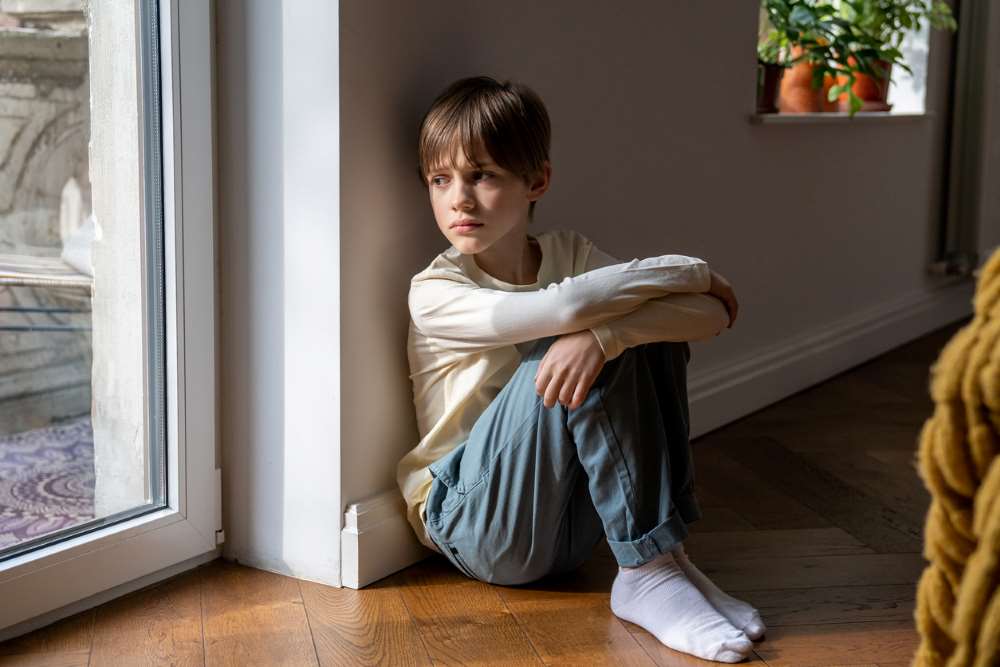
Parenting is an intricate dance of love, responsibility, and tough decisions. When a relationship comes to an end, one of the most challenging choices is deciding on the custody arrangement for your children. In this exploration, we'll delve into the often-discussed Sole Custody vs. Joint Custody debate, uncovering the implications for the most critical participants in this emotional journey: the kids.
Understanding Sole Custody
The Solo Act: What It Means
Sole or full custody, as the name implies, grants one parent exclusive legal and physical rights over the child. It may seem like a straightforward solution, but let's not underestimate its impact on everyone involved.
Pros:
-
Consistency: The child maintains a stable environment with one primary residence.
-
Efficiency: Decision-making becomes more straightforward, avoiding potential conflicts.
Cons:
-
Limited Contact: The non-custodial parent might feel a sense of exclusion, and the child might miss out on a relationship with the other parent.
-
Responsibility Burden: The custodial parent shoulders the majority of the parenting responsibilities, potentially leading to burnout.
Unpacking Joint Custody
Two's Company: Finding Balance
Joint custody involves both parents sharing legal and/or physical custody of the child. It's a collaborative approach that aims to provide the child with ongoing relationships with both parents.
Pros:
-
Diverse Perspectives: The child benefits from exposure to different parenting styles and life approaches.
-
Shared Responsibility: Both parents actively contribute to decision-making and daily care, distributing the load.
Cons:
-
Coordination Challenges: Effective communication and cooperation are crucial, and this can be a hurdle for parents with a strained relationship.
-
Stress on the Child: Frequent moves between households might be emotionally taxing for the child.
The Child's Perspective: A Balancing Act
Tiny Hearts in the Crossfire
Children, being the silent protagonists in this narrative, experience the effects of custody arrangements deeply. Here's a look at how they might perceive the two custody models:
In Sole Custody:
-
Emotional Strain: The child might grapple with the absence of one parent, leading to emotional stress.
-
Lack of Diversity: Exposure to a single perspective could limit the child's worldview.
In Joint Custody:
-
Transition Tussle: Frequent moves between households might be challenging for the child, disrupting routines.
-
Relationship Strain: Juggling between two homes can be emotionally taxing, impacting the child's sense of stability.
The Delicate Art of Decision-Making
Weighing the Options
Choosing between sole and joint custody requires careful consideration. It's not just a legal matter; it's an emotional investment in your child's well-being.
Factors to Consider:
-
Communication Dynamics: Can you and your ex-partner communicate effectively for the sake of your child?
-
Child's Age: Younger children may find transitions more challenging, while older children might appreciate more independence in their relationships.
-
Stability: Evaluate the stability of each parent's living situation and their ability to provide a nurturing environment.
Navigating Legal Waters
The Legal Landscape
Understanding the legalities surrounding custody is crucial for making informed decisions. Consulting with a family lawyer can shed light on the nuances of custody agreements, helping you navigate the legal waters smoothly.
Key Legal Points:
-
Custody Types: Familiarize yourself with legal and physical custody, and consider which arrangement aligns with your child's needs.
-
Parenting Plans: Develop a comprehensive parenting plan that outlines responsibilities, visitation schedules, and methods for dispute resolution.
-
Mediation: In some cases, mediation can be a helpful tool for resolving conflicts and reaching mutually agreeable decisions.
The Ever-Evolving Family Dynamic
Adapting to Change
The only constant in life is change, and this holds true for family dynamics post-divorce. Flexibility and open communication become essential components of successful custody arrangements.
Tips for a Dynamic Family Setup:
-
Regular Check-Ins: Schedule periodic discussions with your ex-partner to reassess the custody arrangement and make adjustments as needed.
-
Therapeutic Support: Consider involving a child psychologist or counselor to help your child navigate the emotional challenges of divorce and custody changes.
Embracing Co-Parenting: A Shared Journey
Redefining Partnerships for the Sake of the Child
The term "co-parenting" often surfaces in discussions about custody, and for a good reason. It embodies the spirit of collaboration, acknowledging that the end of a romantic relationship doesn't mean the end of a shared responsibility for your child.
Building Blocks of Co-Parenting:
-
Effective Communication: Establish open and respectful communication channels with your ex-partner. This sets the tone for cooperative decision-making.
-
Consistency is Key: Strive for consistency in rules and expectations between households. A united front provides stability for the child.
-
Celebrating Milestones Together: Whether it's birthdays, school events, or achievements, consider celebrating important moments as a united front. It reinforces the idea that, despite the separation, you both remain invested in your child's life.
The Ripple Effect: Co-Parenting Beyond Boundaries
Co-parenting extends beyond the logistics of custody agreements; it's about creating a supportive network that nurtures your child's growth. When both parents actively participate in their child's life, the benefits are far-reaching.
Positive Outcomes of Co-Parenting:
-
Emotional Resilience: Children raised in an environment of cooperation tend to develop emotional resilience, understanding that love and support are constants, even if the family structure changes.
-
Healthy Relationships: Witnessing healthy communication and cooperation between parents can serve as a valuable model for your child's future relationships.
-
Parental Well-being: Sharing the responsibilities of parenting can alleviate the emotional burden on both parents, fostering a healthier overall well-being.
Conclusion: The Journey Continues
In the Sole Custody vs. Joint Custody saga, there's no one-size-fits-all solution. The path you choose will shape not only your child's upbringing but also the ongoing relationship between co-parents. As you navigate this complex landscape, remember that, at its core, the decision is about prioritizing your child's well-being and fostering an environment where they can thrive, no matter the custody arrangement.



























